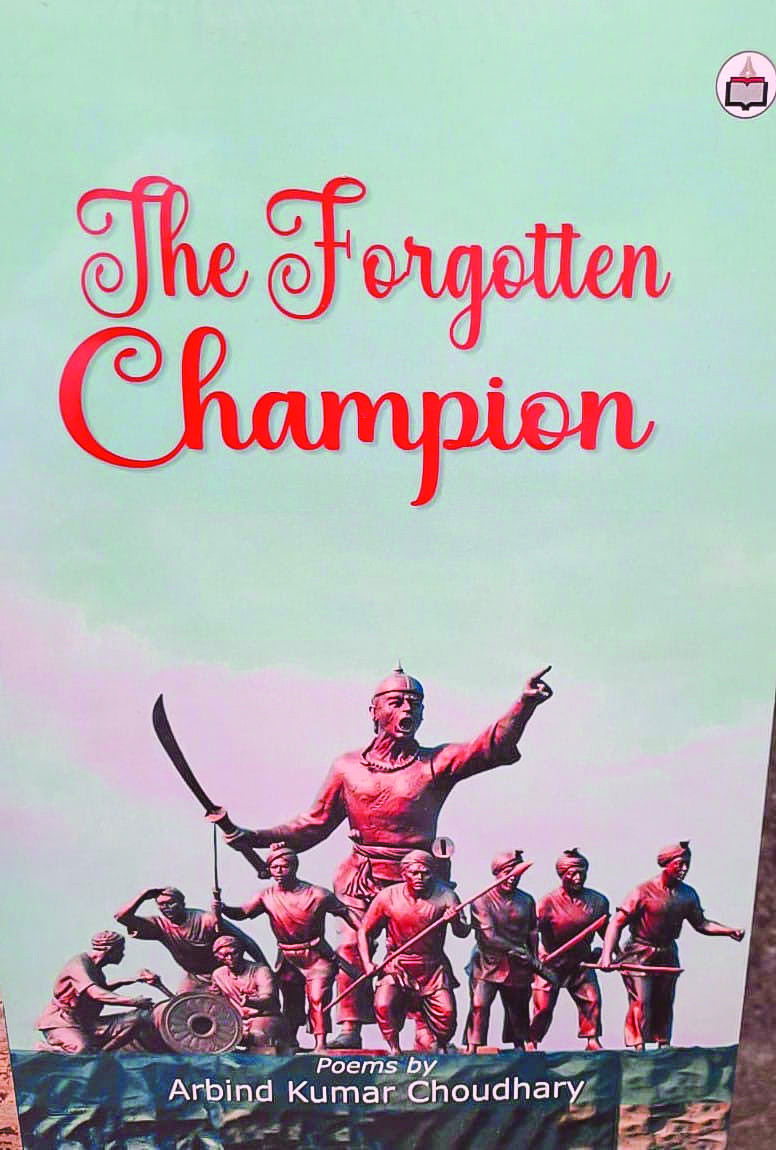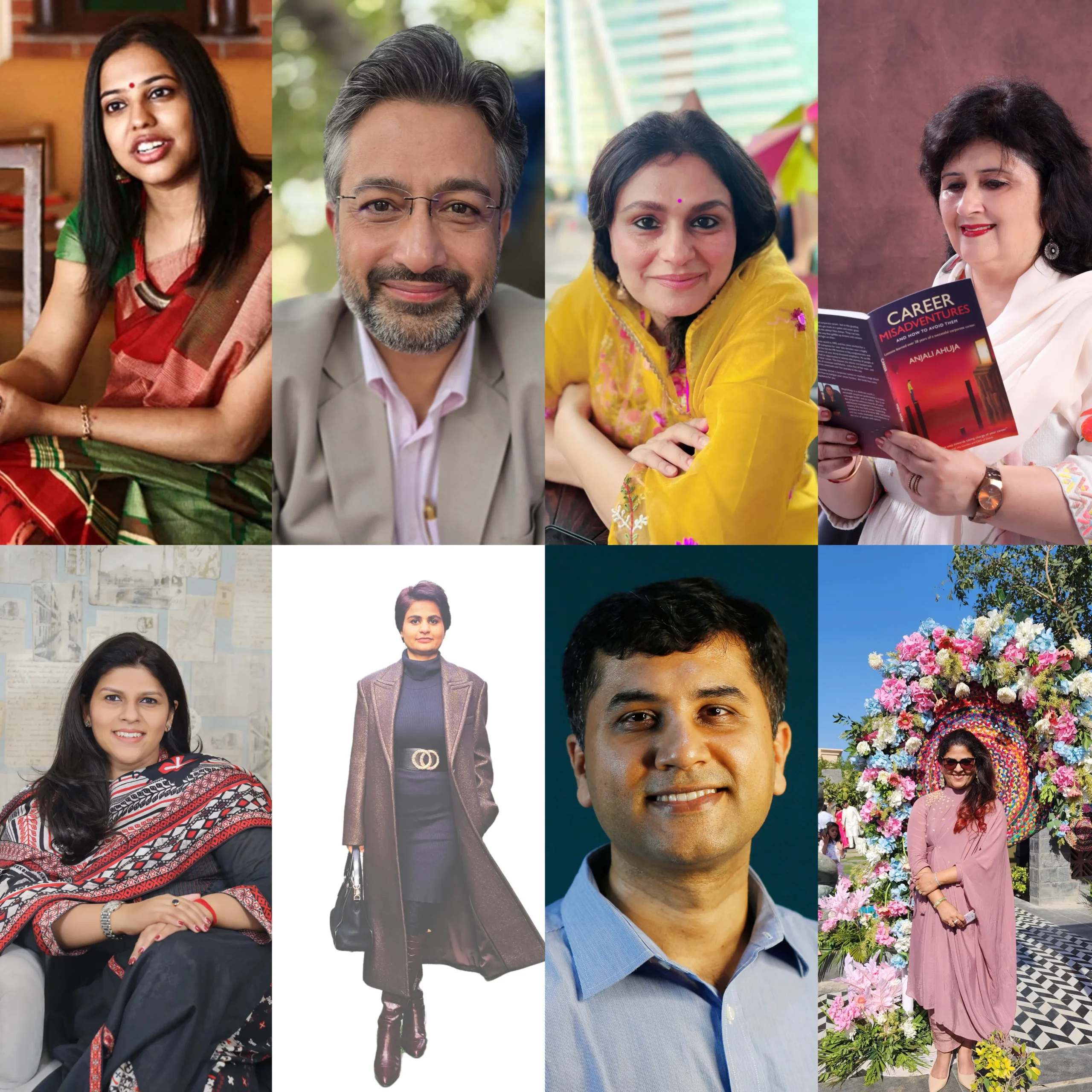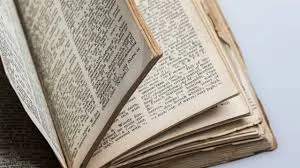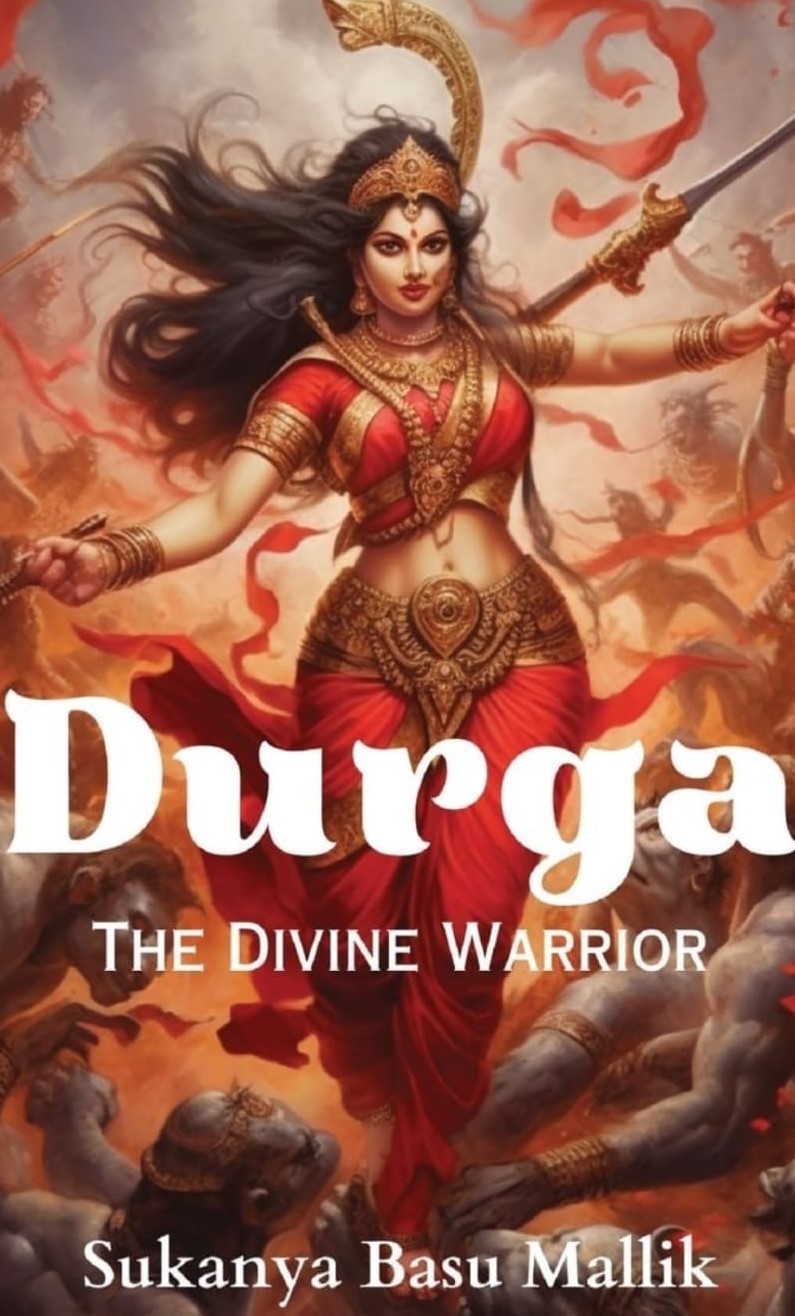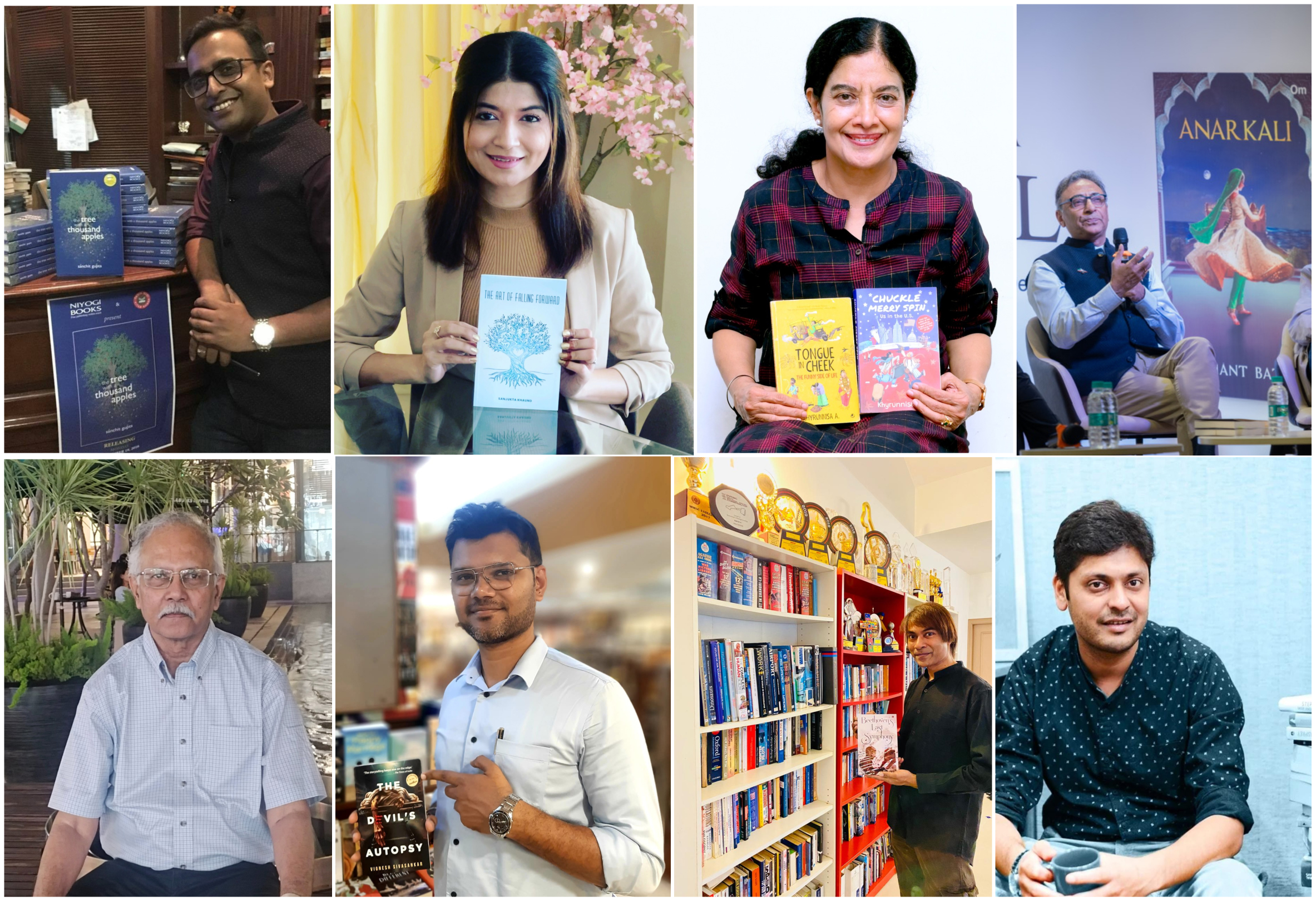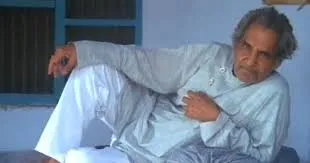The Forgotten Champion is the maiden poetry collection in English on Veer Lachit Borphukan, the Arjun of the Saraighat War in which Arbind Kumar Choudhary, the poet, has compared and contrasted Veer Lachit Borphukan with Shivaji, Maharana Pratap, and Veer Kunwar Singh so far his supreme sacrifice for the gentry of his country in Indian history is concerned. It is remarkable to know that this book has started gaining phenomenal response from the readers’ community immediately after its release. While dwelling on the different dynamics of this deeply engaging work of literature the poet pertinently points out that Veer Lachit Borphukan sees not only the glass as half-full but also sets the Thames on fire for the protection of Assam in The Saraighat War. After the brutal death of his uncle he fills second wind in his troops and sets their faces against the impending danger of the Mughal. This speed merchant spells disaster for the Mughals who sow the wind and reap its whirlwind.? The adventurousjourney of Veer Lachit Borphukan has been painted painterly who, like Krishna, kills his maternal uncle due to insensitiveness prior to The Saraighat War.
The Forgotten Champion that contains 118Indianised Version of Arbindonean Sonnets consists not only the cluster of the idiomatic words but also the mythical champions from alpha and omega of this poetry book. The cluster of the phrasal words in plural number in a quatrain perfumes the poetic passage with phrasal fragrance.
Indian mythical messiahs—Alderman,Anshuman, Ayushman, Aryaman, Assamraman, Brahman, Gatiman, Janakiraman, Ketuman, Hanuman, Sharman, Shreeman, Shrutiman and many others blossom together with their western counterparts—Merman, Norman,Numen, Soloman, John Thomson’s man,Puloman, Benjamen and many others with same intensity of beauty and purity. Apart from Indian Samson this book consists a long list of the cultural champions—Shankardev, Madhavdev, Bhaskar Varman, Borphukan, Tripuri queen, Chao Phrung Mung and ancient mythical champions—Adityavardhan, Drona, Janardhan, Harsvardhan, Mahatman, Satyavan, Suyodhan, Tapodhan and many others mingle together here, there and everywhere.
These sensational joint words—Sher-e-Vatan, Sahid-e-Vatan, Gaddar-e-Vatan, Khuddar-e-Vatan etc speak volumes about this word-magician in Indian English Poetry in general and North Eastern Indian English poetry in particular. The painterly painting of Majuliscape makes this poet second to none in Indian English poetry. The poet calls India with a number of old names—Hindustan, Aryavarta, Bharatkhand, AI-Hind, Nabhivarsha and Jambudweep and calls it a lantern of the subaltern amidst many a Jack-O’-lantern.
Majuli has been painted the junction of the rivers while Ratanpur has been called the centre of attraction. Jatinga is the junction of attraction where various birds get its destination. Sonitpur has been called the mythical junction while Charaideo Swan has become the son of aggression against invasion. Reading this profound piece of literature, most of the literary critics will inarguably declare it a must read for all the readers. So it is time for you to grab your copy and have your rendezvous with Veer Lachit Borphukan.

